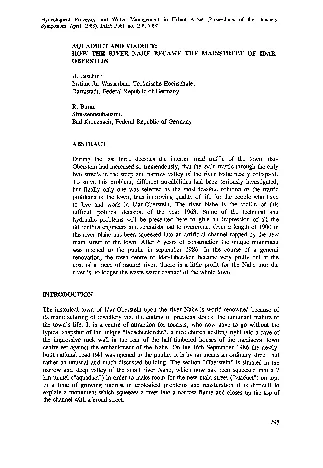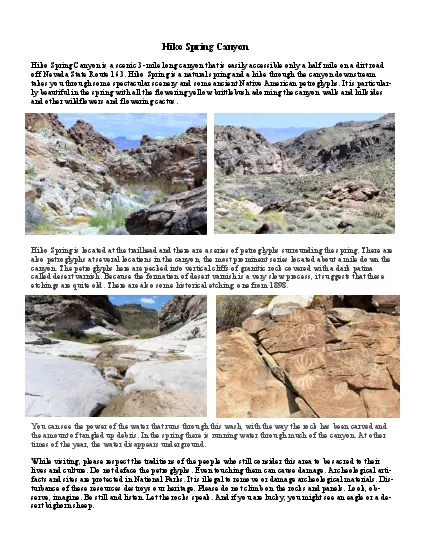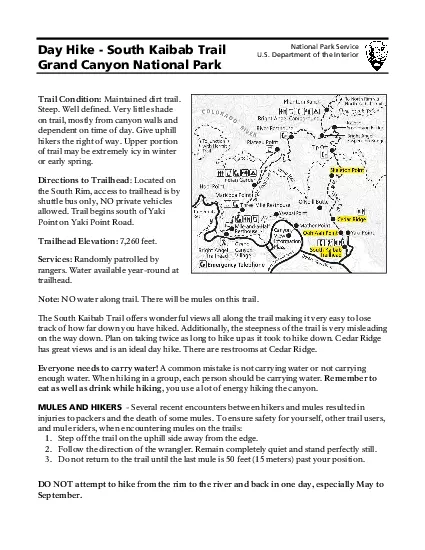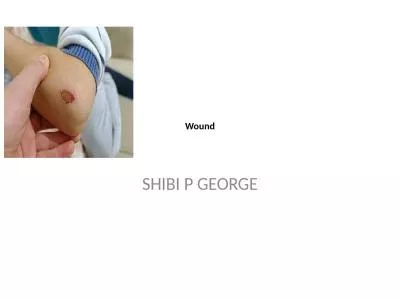PPT-Medical Honey for Wound Care Barbara A. Bischoff Grand Canyon University:
Author : giovanna-bartolotta | Published Date : 2019-10-30
Medical Honey for Wound Care Barbara A Bischoff Grand Canyon University NUR699 Making the Case for EvidenceBased Practice 15 October 2014 Concept Model Problem Description
Presentation Embed Code
Download Presentation
Download Presentation The PPT/PDF document "Medical Honey for Wound Care Barbara A..." is the property of its rightful owner. Permission is granted to download and print the materials on this website for personal, non-commercial use only, and to display it on your personal computer provided you do not modify the materials and that you retain all copyright notices contained in the materials. By downloading content from our website, you accept the terms of this agreement.
Medical Honey for Wound Care Barbara A. Bischoff Grand Canyon University:: Transcript
Download Rules Of Document
"Medical Honey for Wound Care Barbara A. Bischoff Grand Canyon University:"The content belongs to its owner. You may download and print it for personal use, without modification, and keep all copyright notices. By downloading, you agree to these terms.
Related Documents














